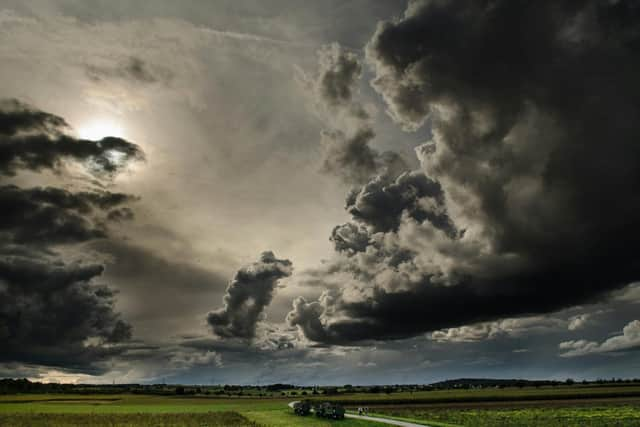Drainage expert's tips for tackling stormwater
and live on Freeview channel 276
From floods to leaks, stormwater can be more than a minor inconvenience. And in the aftermath of Storm Isha and with Storm Jocelyn coming our way today (January 23), it is good to know that there are several things you can do to help deal with the harsh weather in winter months, although it won’t be in time for the latest deluges.
Experts at Plastic Centre had this to say: “As urbanisation continues to reshape landscapes around the world, we are faced with the increasingly complex task of managing stormwater in densely popular areas.
Advertisement
Hide AdAdvertisement
Hide Ad"Correct planning and drainage is pivotal in safeguarding communities from the impacts of heavy rainfall and flooding.”


Tips for Tackling Stormwater
-
Prioritise Regular Maintenance: One of the fundamental pieces of advice from drainage experts is the importance of regular maintenance for stormwater infrastructure. Drains, culverts, and other components of the drainage system need to be inspected and cleaned regularly to prevent blockages and ensure optimal performance. Routine maintenance not only enhances the efficiency of the system but also extends its lifespan, saving communities from potential flooding disasters.
-
Implement Sustainable Land Use Planning: Drainage experts stress the significance of sustainable land use planning in mitigating stormwater issues. Proper zoning regulations and land development practices can help minimise impervious surfaces, allowing more water to infiltrate the soil naturally. By incorporating green spaces and permeable surfaces into urban planning, communities can reduce runoff and enhance the overall resilience of stormwater management systems.
-
Keep Gutters and Downspouts Clear: Similarity to the first tip, regularly cleaning gutters and downspouts is a straightforward but crucial step in preventing water buildup. Leaves, twigs, and debris can clog these channels, leading to overflow and potential water damage. By keeping them clear, homeowners can ensure that rainwater is directed away from the foundations and prevent localised flooding.
-
Opt for Rain Barrels: Harnessing the power of rain water can be both eco-friendly and practical. Install rain barrels beneath downspouts to collect rainwater for later use in gardening or watering plants. This not only reduces runoff but also helps conserve water resources while providing homeowners with a sustainable way to manage excess rainwater.
-
Create Rain Gardens: Transforming a low-lying area in your yard into a rain garden is a visually appealing and environmentally friendly way to manage stormwater. Choose native plants that thrive in wet conditions, as they absorb excess water and prevent runoff. Rain gardens also attract beneficial wildlife and add a touch of natural beauty to your outdoor space.
-
Use Permeable Pavers: When considering landscaping projects, opt for permeable pavers in driveways or walkways. Unlike traditional concrete surfaces, permeable pavers allow rainwater to seep into the ground, reducing runoff and promoting soil absorption. This simple change can make a significant difference in minimising localised flooding.
Incorporating these tips into your homeownership routine not only helps manage stormwater effectively but also promotes a greener, more sustainable living environment. By taking small, proactive steps, homeowners can play a crucial role in mitigating the challenges associated with heavy rainfall, contributing to the overall resilience of their communities.